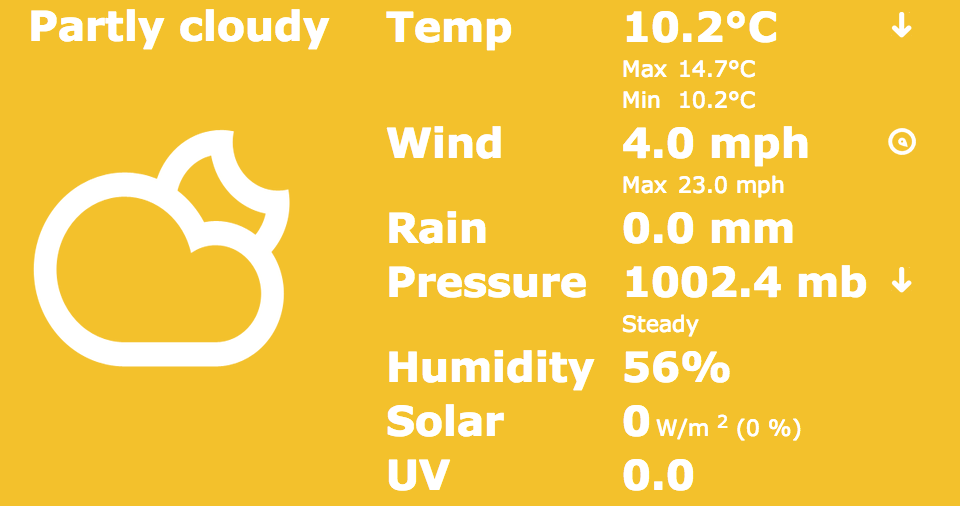Its not something many academics admit – but writing is hard, not for all, there are some academics who simply flow words but for many its a challenge. There is nothing worse than the blank page of a Word/LaTeX document, knowing you have 10,000 words to go and only a title or abstract in place. It also depends on your stage in an academic career. Researchers generally have more time during the day to, as the job title suggests, to research and therefore write, lecturers less time (increasingly so) and so on. That said, the ability to do anything else than write the paper/masters thesis/PhD chapter is strong, many academics are excellent in justifying just one more bit of research before they start writing.
If you go through a period of not writing, be it weeks or months, then the guilt as an academic starts to build up, we are meant to write papers as those around will often be only to keen to chip in during conversations. I see it across the board, from professors through to starting out researchers and students leaving the course essay until the last possible minute. There is a need to not only get over the fear of starting a new paper but to also form a pattern to take away the worry that can all too easily build up.
It turns out the answer is easy, who would of thought it, and thanks go to Sir Alan Wilson of CASA who i found sitting typing early one morning, turns out he always aims for: Write 500 words a day.
I am at the stage, as head of the department, that my day is not one of research, it is one of almost constant meetings, as such it is rare to find quality time to write. However 500 words is achievable, it can be fitted in between meetings either in one go or in small chunks.
Writing 500 words a day gives you 2,500 a week – 10,000 a month which is easily a PhD chapter, two working papers, or one journal paper.
It may seem obvious, but it is all too easy to complete a long day without having any words on paper and the aim for 500 words a day is not a mountain. It is not the sometimes recommended 1000 words a day that can turn into a slog and all too easily lead to a writer’s block.
I’ve been doing it for a week – not long I’ll admit – but i have 1 journal article, 1 conference paper and two book chapters all due soon and it has taken away the worry, and if I’m honest the guilt, of simply doing the day job. I go home knowing i have completed the goal and i, therefore, see the completion point, its not building up to the scenario where I have to write 4000 words in a day.
I would add that if you dont reach 500 words, don’t try to write more the following day, unless it flows. The aim is to get into a pattern, a pattern that is long term. This blog post is just over 500 words, of course academic writing takes longer but for anyone out there worrying about output/deadlines/work load then i would suggest giving writing 500 words a day a try.







